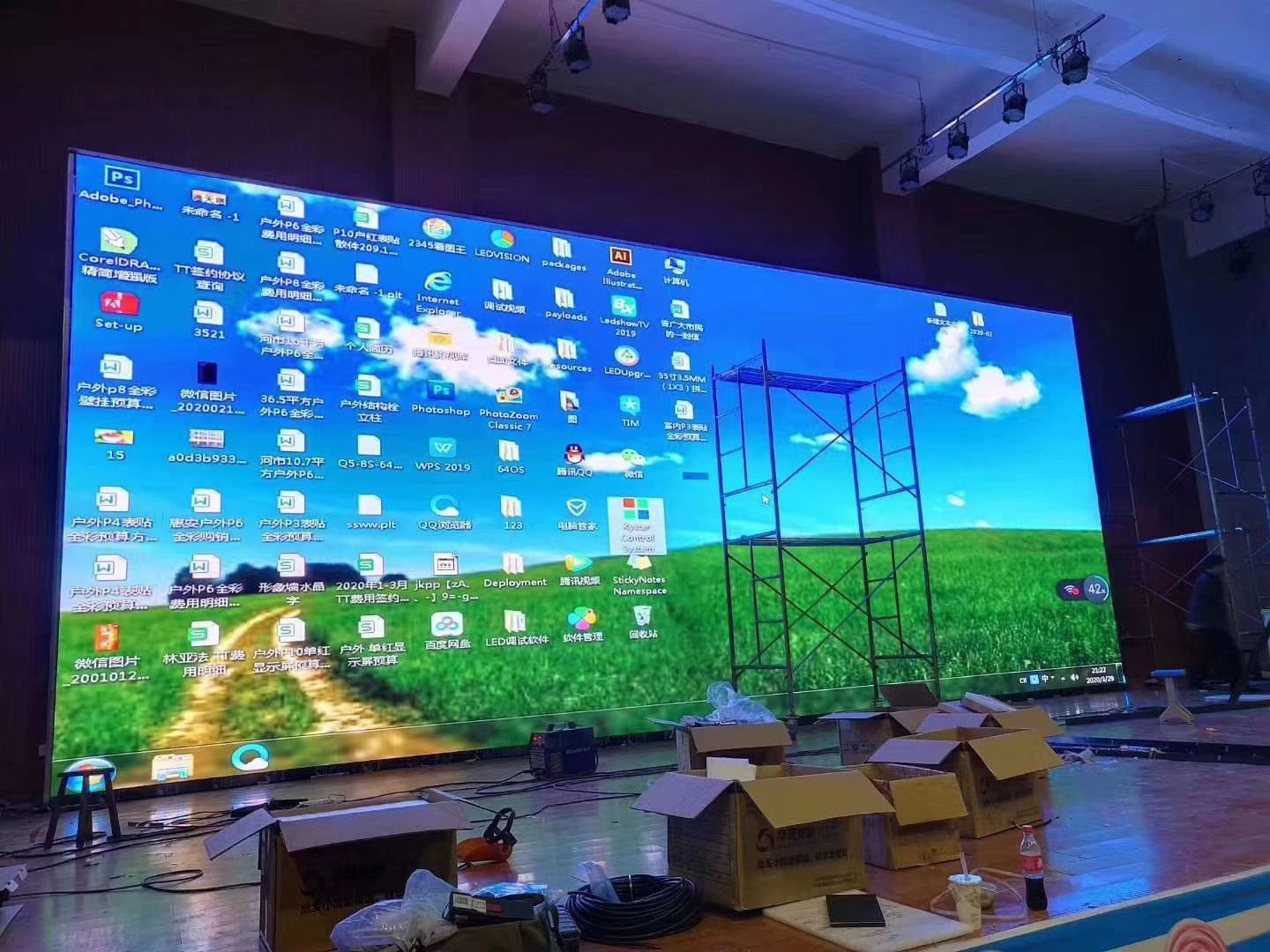Important Maintenance Tactics for Ensuring Longevity and Performance of Frontal Accessible LED Displays
Important Maintenance Tactics for Ensuring Longevity and Performance of Frontal Accessible LED Displays
Blog Article
Leading accessible light-emitting diode screens are growing increasingly popular in various settings, including commercial buildings, theaters, and public areas. These panels provide bright, high-quality images and are designed for easy access, allowing for quick upkeep and fixes. To guarantee their durability and peak functionality, it is crucial to implement efficient care practices. Adequate attention can avert problems, prolong the service life of the screens, and preserve the caliber of the images they deliver.
One of the most vital approaches for caring for accessible removable light-emitting diode screens is regular cleaning. Dust, dirt, and fingerprints can accumulate on the surface, affecting picture quality and brightness. It is advisable to use a soft, lint-free cloth and a mild cleansing agent specifically formulated for digital displays. Steering clear of strong cleaners or rough substances is important, as these can damage and impair the screen. Establishing a routine cleaning schedule, perhaps on a weekly or monthly interval, can assist maintain the screens appearing fresh and operating properly.
In addition to routine maintenance, monitoring the operating conditions is essential for the function of LED panels. Harsh temperatures, high moisture, and direct contact to direct light can adversely impact their functionality and durability. It is important to install these Resources screens in areas that maintain consistent surrounding conditions. Employing temperature control mechanisms, such as air conditioning or heating, can help create a suitable setting for the panels. Additionally, utilizing shades or drapes can protect them from direct sunlight, which can lead to excessive heat and eventual failure.
Another key maintenance approach involves performing regular checks of the panels. This entails examining for any signs of deterioration, such as flickering lights or color change. If any issues are noticed promptly, they can often be resolved swiftly before they escalate into more serious issues. It is recommended to have a qualified technician conduct these checks regularly, as they can spot underlying problems that may not be visible to the untrained eye. Maintaining a detailed log of checks and repairs can assist track the functionality and maintenance history of each screen.
Proper management and storage of replacement parts is also important for caring for accessible serviceable light-emitting diode panels. Since these screens often require substitutes for parts like power units and light-emitting diode elements, having try these out the right components available can ensure prompt repairs. It is essential to store these parts in a clean, safe place where they are sheltered from moisture and dirt. Additionally, adhering to the producer's guidelines for substitution and installation can avoid accidents that could lead to additional damage or failure.
In conclusion, ensuring the longevity and functionality of accessible serviceable LED screens requires a mix of regular cleaning, monitoring surrounding factors, conducting routine checks, and proper handling of replacement components. By implementing these maintenance practices, users can enjoy top-notch images for many years while reducing expensive repairs and downtime. Ultimately, a forward-thinking method to maintenance not only improves the performance of the LED screens but also adds to a superior viewing encounter for all who uses them.